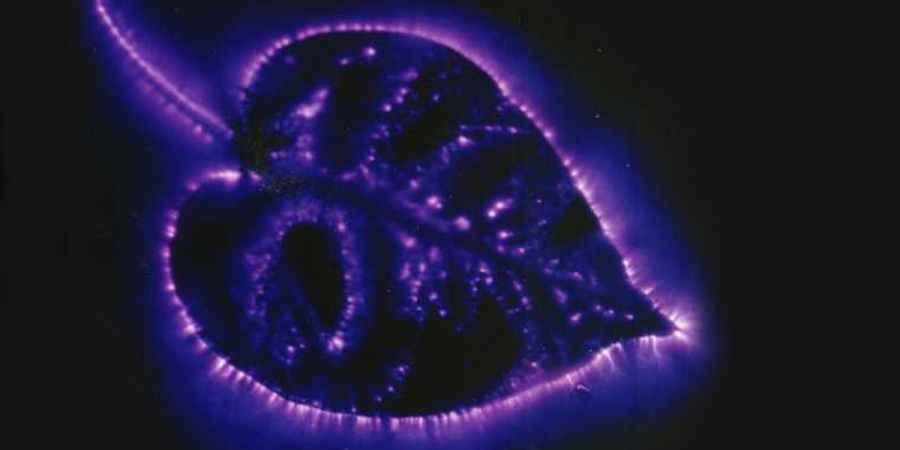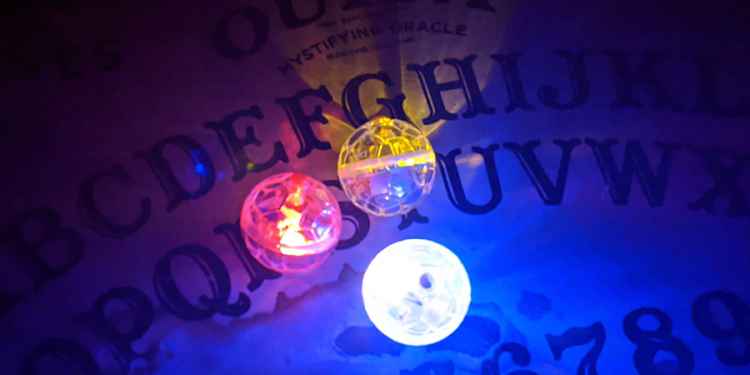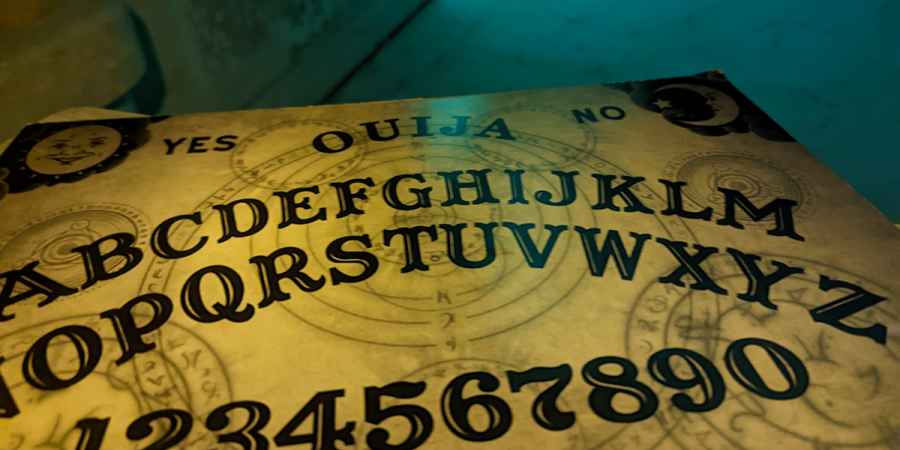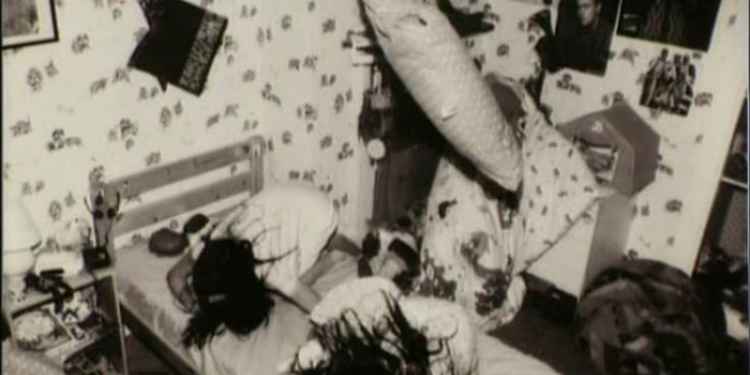
Photo: Pedro Figueras

Photo: Pedro Figueras
This page is more than one year old and was last updated in January 2025.
Near-Death Experience (NDE) is a term that describes a profound psychological event that may occur to someone who is either on the verge of death or who has suffered a situation where death was likely but ultimately survived. Typically, an NDE involves a variety of sensations, including detachment from the body, feelings of levitation, total serenity, security, warmth, the experience of absolute dissolution, and the presence of a light.
Some believe that NDEs cannot be fully explained by science alone and suggest that they provide evidence of an afterlife. Some theories even propose that during an NDE, the consciousness separates from the physical body and travels to another plane of existence, hinting at the possibility of life after death or the existence of a soul.
Many individuals report an initial sensation of being detached from their physical body and observing it from an external vantage point. This can occur in a hospital setting, at the scene of an accident, or wherever a near-death situation arises. Experiencers often describe moving through a dark, narrow tunnel towards a source of intense light. This aspect of NDEs is reported with remarkable consistency across different cultures and is often associated with a feeling of moving to another state of existence.
A significant number of NDE reports include an encounter with a bright, warm, and welcoming light that exudes unconditional love and acceptance. This light is sometimes described as being an entity or being that communicates with the individual.
Less common are reports of meetings with beings. These may be perceived as deceased relatives, spiritual figures, or entities that are neither fully human nor recognisable. They often communicate messages of love, reassurance, or provide guidance.
The conclusion of an NDE typically involves a decision or a compulsion to return to the physical body. This may be voluntary, following a realisation of unfinished personal business, or involuntary, being told by the beings encountered that it is not yet their time.
The impact of an NDE usually extends far beyond the experience itself, affecting individuals' lives in profound ways. Many report a significant shift in their understanding of life and death, increased spirituality, and changes in values and behaviour. While many report positive transformations, some struggle with integrating their experience into their existing beliefs.
If NDEs truly are the result of the soul leaving the body, then the mechanics of how this might happen lie outside our current scientific understanding of the world around us, in a realm where speculative paranormal theories come into play. One theory suggests that consciousness is not limited to the physical body and can exist in multiple dimensions beyond our physical universe. Quantum mechanics introduces concepts such as non-locality and entanglement, which suggest that particles can be connected in ways that defy the classical laws of physics. Extending this to consciousness, some theorise that during an NDE, consciousness taps into these quantum aspects, allowing individuals to experience realities beyond the physical dimension.
Another theory is that the brain functions more as a receiver of consciousness than the producer of it, and that consciousness exists outside the physical body. During an NDE, it could be that the usual constraints on the brain are loosened, enabling the individual to access a broader spectrum of consciousness that is usually filtered out.
The debate about how the brain and our consciousness are connected is important when we talk about NDEs. Most scientists think that our consciousness comes from the brain's activity. But people have reported experiencing NDEs during periods of apparent brain inactivity or dysfunction.
From a spiritual viewpoint, NDEs are sometimes seen as proof of the soul's existence and its journey after physical death. This interpretation suggests that during an NDE, the soul momentarily detaches from the body and enters a spiritual realm where it encounters other beings.
Skeptics argue that these experiences can be explained by physiological and psychological factors. For instance, some suggest that the release of endorphins in response to severe stress could explain the feelings of peace and detachment. Others point to the lack of oxygen as a possible cause for the hallucinatory aspects of NDEs. Psychological explanations include the brain's attempt to make sense of unusual situations by constructing a narrative that aligns with cultural or personal expectations about the afterlife.
One of the primary issues with NDEs is that they are personal and of a subjective nature. While many NDE reports share common elements, the personal interpretation of these experiences varies widely. This subjectivity makes them difficult to study and verify objectively.
NDEs shouldn't be confused with Out-Of-Body Experiences (OBEs). The two phenomena are similar in that they both feature the sensation of separating from the physical body, and in both cases, individuals often report observing their physical body from a position outside of it.
Where the two phenomena differ is in the circumstances under which they occur. NDEs typically happen during situations of extreme physical trauma, life-threatening conditions, or clinical death. OBEs, on the other hand, do not require the person to be near death or in any physical danger. They can occur spontaneously but are also associated with various states such as deep meditation, relaxation, lucid dreaming, or even under the influence of certain drugs. Unlike NDEs, some individuals can learn to induce OBEs voluntarily through specific techniques and practices, such as astral projection.
Astral projection is described as a deliberate attempt or an involuntary event where the consciousness, or "soul," separates from the physical body to travel in the astral plane, which is considered a dimension distinct from that physical world that is inhabited by spiritual entities.
The consistency in the patterns of these experiences across different cultures and individuals, coupled with their profound lasting effects, continues to intrigue researchers, spiritual seekers, and skeptics. Despite the varied interpretations of NDEs, the transformative power of these experiences on individuals' lives is undeniable.
More Essential Parapsychology
See All
ArrayOctober 11, 2024
The Reality Behind Kirlian Photography’s Glowing Auras

ArrayOctober 07, 2024
Could Retroactive Psychokinesis Allow Us To Influence The Past?

ArrayOctober 05, 2024
What Spontaneous Cases Are & Why Parapsychologists Research Them
Further Reading
Dive into the world of the paranormal and unexplained with books by Higgypop creator and writer Steve Higgins.

Encounters
A historical overview of UFO sightings and encounters, from 1947 to modern government reports.
Buy Now
The Killamarsh Poltergeist
The story of a family in Killamarsh experiencing strange and unexplained events in their home.
Buy NowMore Like This

Ghost HuntingJanuary 26, 2025
These Are The Ghost Hunting Gadgets You Should Avoid If You Want To Be Taken Seriously As An Investigator

Haunted BritainDecember 25, 2024
2024's Most Popular Paranormal Hotspots In The UK

GamesDecember 09, 2024
Poltergeist Quiz

GamesDecember 08, 2024
Ouija Board Trivia Challenge
 See More on Audible
See More on Audible


Comments
Want To Join The Conversation?
Sign in or create an account to leave a comment.
Sign In
Create Account
Account Settings
Be the first to comment.